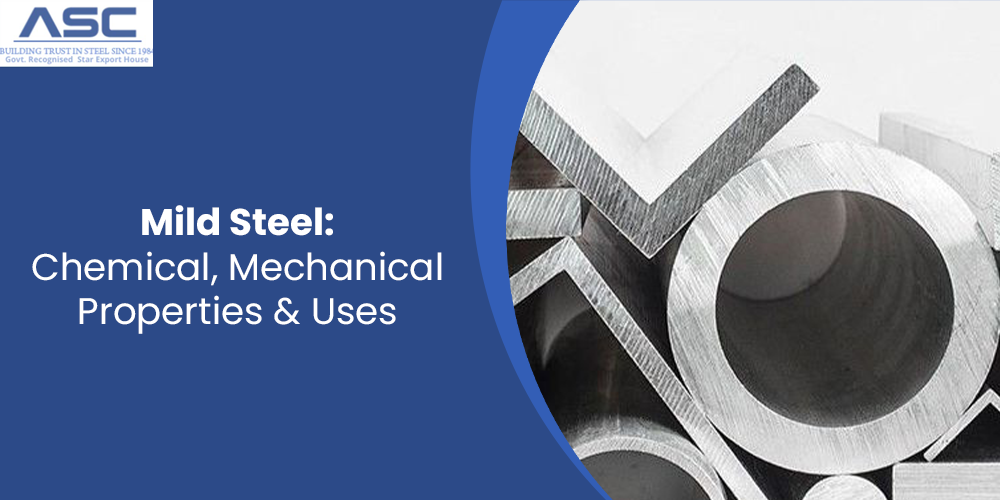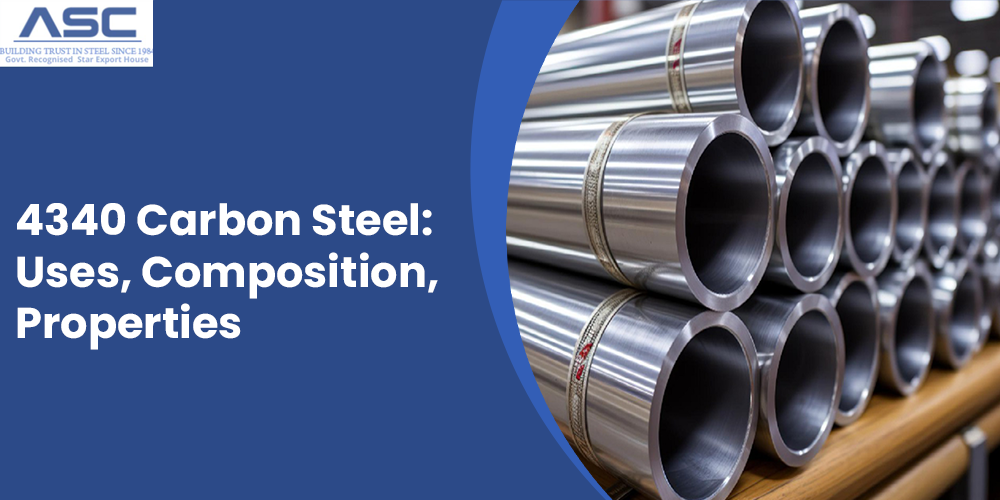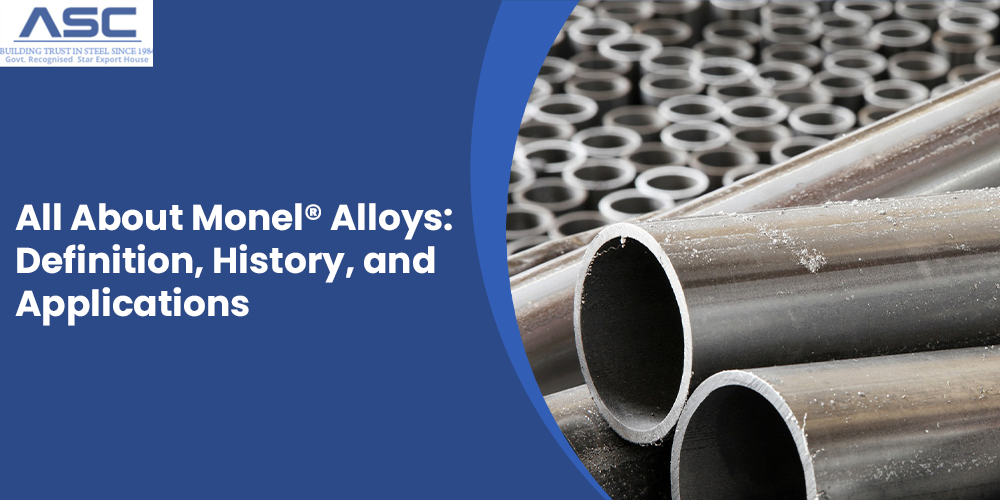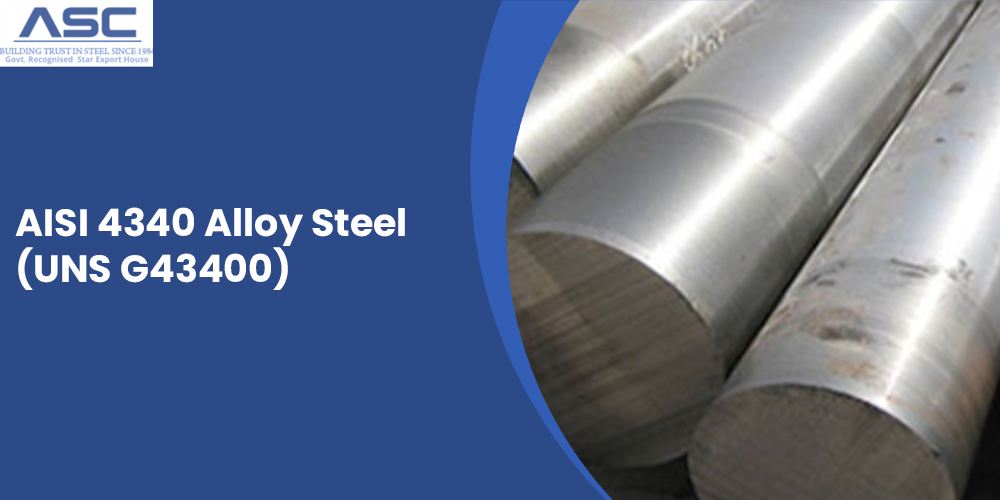Mild Steel Properties & Uses: A Comprehensive Guide
by AMC
Posted on August 01, 2024 at 12:40 PM

Uses for Mild Steel
Mild steel, also known as low carbon steel, is a popular material in various industries due to its exceptional properties. With a carbon content ranging from 0.05% to 0.25% by weight, mild steel is characterized by its ease of welding and machinability, making it a versatile choice for many applications.
What is Mild Steel?
Mild steel is a type of carbon steel with a low carbon content, which distinguishes it from high carbon steels that can contain up to 2.5% carbon by weight. Due to its minimal alloying elements, mild steel primarily consists of iron and ferrite. This composition makes it relatively soft and malleable compared to other types of steel.
The Properties of Low Carbon Steel
Mild steel, or low carbon steel, is known for its unique properties that make it ideal for various industrial and fabrication projects. Its specific composition—primarily iron with a low carbon content—confers several distinct characteristics.
Physical Properties of Mild Steel
- Ductile: The low carbon content in mild steel, combined with the lack of alloying elements, results in a highly ductile material. This means that mild steel can be easily deformed and shaped without losing its toughness. Its ductility makes it versatile and suitable for a wide range of applications where flexibility and formability are required.
- Machinable and Weldable: Mild steel's ductility also contributes to its excellent machinability and weldability. The lower carbon content enhances the steel’s ability to be cut, shaped, and welded with ease. This makes it a preferred choice for steel fabrication processes. Companies like Baker Steel Trading offer mobile welding services for mild steel, reflecting its suitability for various welding applications.
- Affordable: One of the key advantages of mild steel is its cost-effectiveness. It requires fewer resources and ingredients compared to other types of steel, making it an economical choice for many industrial projects. Its affordability does not compromise its utility, making it a popular option for steel fabrication.
- Magnetic: Due to the high amounts of iron and ferrite in mild steel, it is magnetic. This property can be beneficial or require consideration depending on the application. For projects where magnetic properties are relevant, mild steel offers a convenient choice.
Mild Steel Grades & Specifications
| Type of Mild Steel | Modulus of Elasticity (GPa) | Brinell Hardness | Ultimate Tensile Strength (MPa) | Yield Strength (MPa) | Elongation at Break (%) | Steel Density kg/m3 |
|---|---|---|---|---|---|---|
|
AISI 1008 |
200 |
95 |
340 |
285 |
20 |
7.87 |
|
AISI 1010 |
205 |
105 |
365 |
305 |
20 |
7.87 |
|
AISI 1015 |
205 |
111 |
385 |
325 |
18 |
7.87 |
|
AISI 1018 |
205 |
126 |
440 |
370 |
15 |
7.87 |
|
AISI 1020 |
186 |
121 |
420 |
350 |
15 |
7.87 |
|
S275 J0 |
205 |
121 |
430 - 580 |
275 |
21 |
7.85 |
|
S355 J0 |
210 |
146 |
510 - 680 |
355 |
20 |
7.80 |
Mild Steel Chemical Composition
| Classification | Carbon Content (% Weight) | Secondary Alloying Elements (% Weight) |
|---|---|---|
|
AISI 1008 |
<0.1 |
0.3 to 0.5 Mn; 0.04 P; 0.05 S |
|
AISI 1010 |
0.08 to 0.13 |
0.3 to 0.6 Mn; 0.04 P; 0.05 S |
|
AISI 1015 |
0.13 to 0.18 |
0.3 to 0.6 Mn; 0.04 P; 0.05 S |
|
AISI 1018 |
0.14 to 0.2 |
0.6 to 0.9 Mn; 0.04 P; 0.05 S |
|
AISI 1020 |
0.17 to 0.23 |
0.3 to 0.6 Mn; 0.04 P; 0.05 S |
|
S275 |
0.18 |
1.5 Mn; 0.030 P; 0.030 S; 0.012 N; 0.55 Cu |
|
S355 |
0.2 |
1.6 Mn; 0.030 P; 0.030 S; 0.012 N; 0.55 Cu |
Chemical Properties of Mild Steel
Mild steel, with its low carbon content, features a relatively simple chemical composition, resulting in lower tensile strength compared to other types of steel. However, this simplicity allows for the addition of various alloying elements to enhance its chemical properties as needed.
Alloying Elements and Their Effects
To improve the performance of mild steel, alloying elements such as chromium, cobalt, phosphorus, sulfur, and manganese can be introduced. The selection of these elements depends on the specific requirements of the application:
- Chromium (Cr): One of the most common additions to mild steel, chromium enhances its resistance to corrosion. When exposed to the atmosphere, chromium forms a protective layer of chromium oxide on the surface. This oxide layer acts as a barrier, shielding the underlying steel from further oxidation and rusting.
- Cobalt (Co): Cobalt can be added to increase the steel’s hardness and strength, particularly at high temperatures.
- Phosphorus (P) and Sulfur (S): These elements can be added to improve machinability. However, excessive amounts can lead to brittleness, so they must be carefully controlled.
- Manganese (Mn): Manganese is used to enhance the steel's strength and hardness. It also improves the steel's resistance to wear and impact.
Corrosion Resistance
Mild steel is naturally susceptible to rust and corrosion when exposed to moisture and atmospheric conditions. Without protective alloying elements, mild steel will deteriorate over time due to oxidation. The addition of chromium and other elements helps mitigate these effects, extending the steel’s lifespan and maintaining its structural integrity.
How Mild Steel is Made
Low carbon steel, also known as mild steel, is produced through a well-defined process that involves several key steps.
- Extraction and Melting: The process begins with the extraction of coal and iron ore. These raw materials are melted together in a blast furnace. Lime is added to the furnace to form a protective layer over the molten metal, which helps in removing impurities. Oxygen is then blown through the molten iron to reduce its carbon content, while scrap steel is introduced to achieve the desired carbon level, typically up to 1.5%.
- Refinement: The molten steel is transferred to another furnace where it undergoes further refinement. This stage involves various processes like degassing, stirring, and ladle injection. These processes help in removing any remaining impurities and making precise adjustments to the steel’s chemical composition.
- Casting: Once refined, the molten steel is poured into molds to solidify. This casting process forms the steel into large slabs or billets, which will later be shaped into the final product.
- Forming: The solidified steel is then shaped through forming processes such as hot rolling or cold drawing. These methods adjust the steel's dimensions and mechanical properties. Additional processes, such as coating and tempering, may be applied to further enhance the steel’s characteristics.
Can You Galvanize Mild Steel?
Yes, you can galvanize mild steel.
Galvanizing is a process that involves applying a protective coating of zinc to steel, which significantly enhances its resistance to corrosion and weathering. This makes galvanized mild steel highly durable, especially in harsh environmental conditions. The coating protects the steel from rain, extreme temperatures, and general wear and tear.
Galvanized mild steel is commonly used for outdoor structures such as sheds, fences, and vehicle components due to its enhanced longevity and strength. If your project requires galvanized mild steel, you can source high-quality products from structural and mild steel suppliers like Baker Steel Trading, who adhere to established quality standards to ensure the effectiveness of the coating.
What is Mild Steel Used for?
Mild steel is widely used across various industries due to its versatility, affordability, and desirable properties. Its applications range from construction to everyday items, making it a popular choice for numerous projects.
In construction, mild steel is commonly used for steel frame buildings. Its high strength and durability make it an ideal material for structural beams and supports. For security and aesthetic purposes, mild steel is also employed in the creation of gates and fencing. These structures benefit from mild steel’s resistance to breakage and its ability to be painted, primed, or galvanized to prevent corrosion and enhance appearance.
The malleability of mild steel makes it valuable in the production of machinery parts. It is frequently used in car body kits and other machinery components due to its ease of shaping and forming. Additionally, mild steel is a popular choice for pipelines. Its excellent ductility allows for easy welding and flexibility, which helps the pipes withstand pressure and adapt to various environmental conditions.
Moreover, mild steel is used in structural steel fabrication. Its consistent yield strength and ease of shaping make it suitable for smaller structural applications, providing a cost-effective alternative to other types of steel in these scenarios.
Overall, the diverse applications of mild steel highlight its importance and adaptability across different sectors.
Mild Steel Grades
Mild steel comes in various grades, each with specific properties suited to different applications. Here are some commonly used grades:
- EN 1.0301: This grade contains approximately 0.1% carbon, 0.4% manganese, and 0.4% silicon. These elements enhance its weldability, making EN 1.0301 ideal for manufacturing furniture, appliances, and automotive components.
- EN 1.1121: With around 0.1% carbon and an average of 0.45% manganese, EN 1.1121 offers high ductility. This makes it suitable for a wide range of projects requiring flexible and easily workable steel.
If you need more information about the different grades of mild steel or have specific requirements for your steel fabrication project, feel free to reach out to our team of experts.
Order Mild Steel Today
Amardeep Steel is a govt. Recognized steel supplier in India. We supply & export a broad range of steel grades which are suitable for commercial and industrial projects. If you need mild steel products for your next project, get in touch with us today. Our team is ready to discuss the various services and products we offer to meet your specific needs.

4340 Carbon Steel: Uses, Composition, Properties
4340 is an American standard carbon steel renowned for its high-strength properties. It is ferromagnetic, meaning its magnetic properties vary with its phase.

